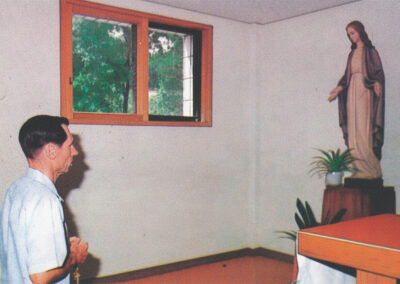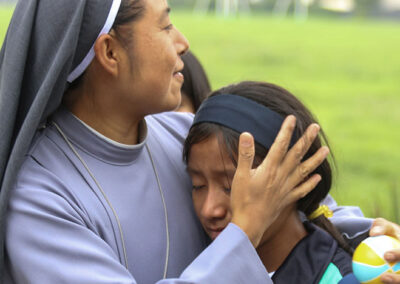The “tiny home” movement has attracted a lot of attention in North America. People are looking for a simpler way of life and realizing that they might be happy with less.
But small homes are not new. Only in recent history have people begun living in large accommodations. In fact, millions of people around the world still live in homes that many of us would consider “tiny”.
Here are a few remarkable photos of tiny homes from around the world.

Houses are built very close to one another on the hills surrounding Guatemala City and are often built using zinc panels, plastic bags held in place by small stones, and other leftover construction materials.

Walter, currently enrolled at Boystown in Guadalajara, Mexico, and his family share this bedroom in their two-room house.

In rural areas in Brazil, poor families often struggle to acquire legal right of tenure. This issue disproportionately affects women and vulnerable groups.


The 2013 typhoon in the Philippines destroyed many homes, forcing some of our families to live in temporary shelters.

Many homes of those in extreme poverty in Honduras lack electricity and an indoor kitchen, so families cook over fires, sometimes outdoors.
BUT THERE ARE DISADVANTAGES TO THESE TINY HOMES
Flooring:
In the Philippines, some of our students come from homes that are built on stilts over water, where raw sewage and trash constantly flow underneath their intersticed wooden floors.
Electricity:
Most of the homes our students’ families live in lack electricity. Although this may be seen primarily as an inconvience, it can negatively affect health. Families may have indoor fires for light or to cook with, which contribute to respiratory infections.
Water and Sanitation:
Many homes of those in extreme poverty lack hygienic toilets, garbage collection, and access to safe water. This can be a deadly combination for children.
Security:
Some families in poverty may not have a door, using other materials they can salvage, and do not have a sense of security for their loved ones in their own homes.





